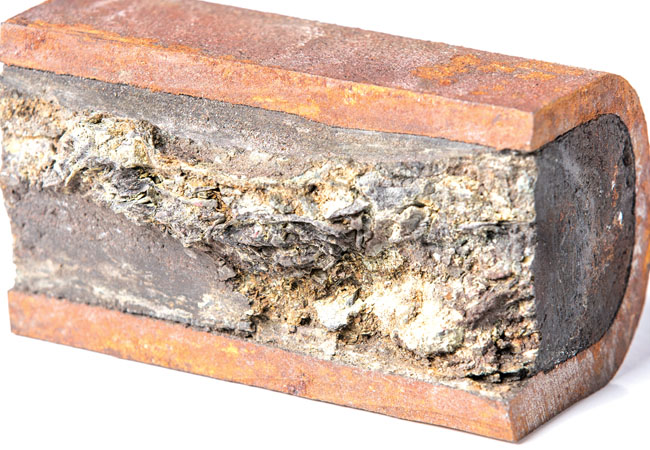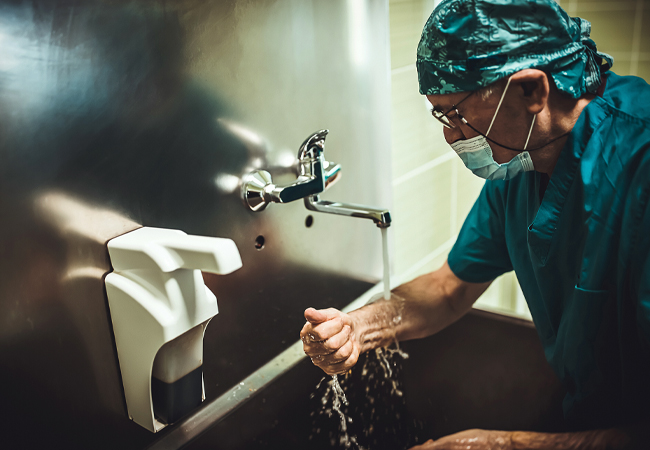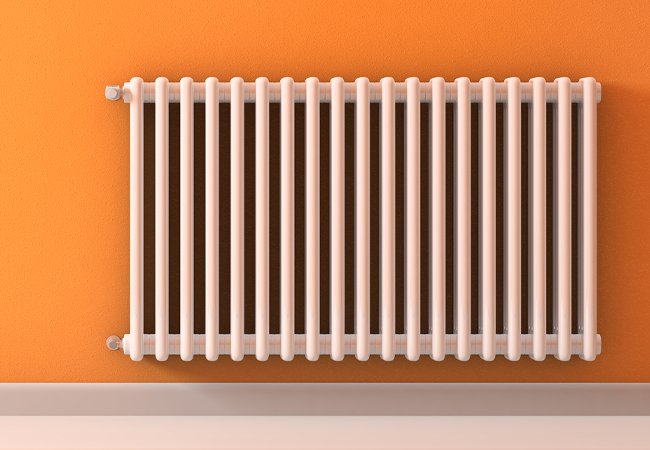
Cross-section of blocked pipe
The Industrial and Commercial Energy Association has launched a guide to water quality, to help contractors and end users understand the effects of scale and corrosion in commercial heating and hot-water systems.
It has also produced a commissioning checklist linked to manufacturers’ warranties, to improve general installation standards.
Water quality consideration of domestic hot-water systems for commercial applications analyses the effect of poor water quality on contamination, and suggests the water-treatment options open to installation teams, as well as ongoing maintenance regimes.
The aim of the Water quality consideration of domestic hot water systems for commercial applications guide is to raise awareness among commercial contractors of the importance of ensuring supply water is clean at the commissioning stage and throughout a system’s operating life.
Although major components of heating systems are usually cleaned as part of routine maintenance, the waterways inside heat exchangers are frequently ignored, leading to a buildup of scale.
When water is heated, calcium salts precipitate from it and deposit on heat-transfer surfaces as solids, known as limescale – so hot-water systems are particularly vulnerable to limescale accumulation.
Limescale can result in: poor system performance; reduced water flow; potential health issues because it provides a place for legionella to hide; early replacement of system components; and even complete system failure. Because pumps have to work harder as a result of restricted water flow, limescale can cause energy wastage; British Water estimates 1.6mm of limescale can increase a heating system’s energy requirements by 12%.
Limescale deposits can accumulate quickly in appliances such as water heaters, immersion heaters and sanitary fittings. This can result in downtime, higher capital replacements costs, unplanned maintenance and repairs, and costs associated with cleaning ‘visible’ limescale from taps, shower heads and tiles. A commercial building can have tens, hundreds or even thousands of such appliances, so the cost of limescale can add up.
It is estimated that approximately half of all commercial hot-water systems receive ineffective or no treatment for the control of limescale. When more than 60% of England is served by hard mains water – more than 200 mg·L-1 calcium carbonate equivalent – it is reasonable to assume that most commercial buildings in England are subject to the detrimental effects of limescale if it is not treated correctly.
This has now been addressed by boiler manufacturers and water-treatment companies coming together under the auspices of Icom to publish the 60-page water-treatment guide. Compiled from years of research, it promotes best practice for the management and safe operation of hot-water installations. It covers essential aspects of water treatment in such systems, including considerations for water analysis, system design, commissioning and maintenance.
The document pinpoints suitable technologies for the control of limescale – base exchange equipment, polyphosphate dosing and electrolytic zinc devices – to avoid the consequences of inappropriate water treatment or conditioning, which can prove costly to rectify.
It also informs those involved in water treatment, including specifiers and maintenance contractors, how they should identify the best regime for a particular system, and how to implement it. For example, the guide underlines the need to establish the system’s water volume – to ensure correct dosage rates – and to analyse the chemical make-up of the water so the most appropriate corrective actions are taken.
It gives step-by-step instructions on areas such as initial cleaning and flushing to ongoing treatment, and covers methods of system fill and water types – including use of demineralised, reverse osmosis or softened water – pressurisation, de-aeration and filtration.
Chris Shelton is sales director at Sentinel Commercial




